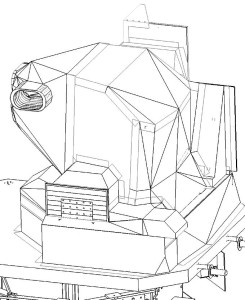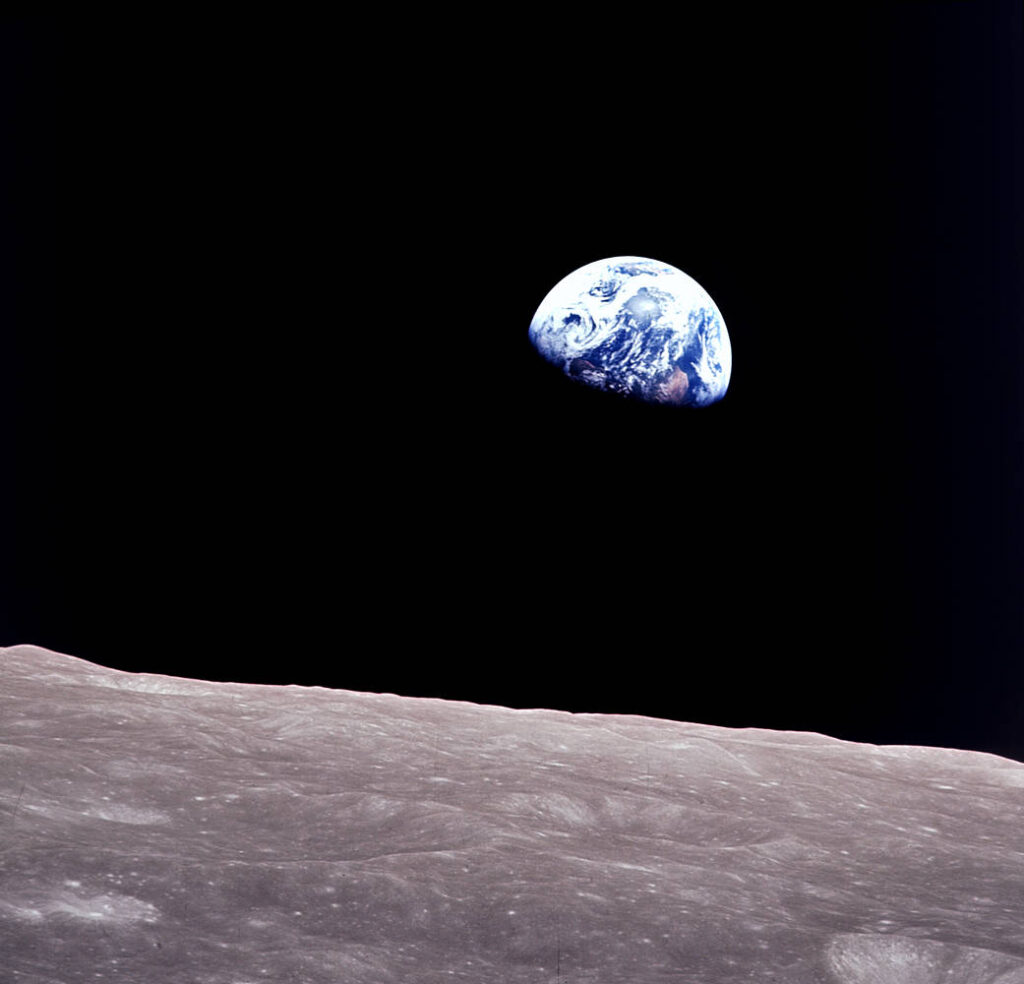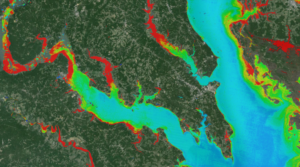
The estimated value of this Cost-plus Award-Fee Letter Contract is $19.3 million with a period of performance from Dec. 31, 2015 through Mar 31, 2021.
The contractor will build a second Operational Land Imager (OLI) for the Landsat 9 project. The OLI is a reflective, multi-channel, earth-imaging instrument that provides highly calibrated imagery to detect and quantify the affect natural and human-induced activities on the Earth’s surface. The OLI has eight detection bands ranging in wavelengths from 433 nm to 2300 nm with spatial resolutions of 30 meters and one panchromatic band with a spatial resolution of 15 meters. The OLI satisfies stringent image quality performance standards for radiometric, spectral, spatial, uniformity, and calibration that are critical for producing data that meets the users’ needs in analyzing deforestation, agricultural yield estimates, spread of pest infestations, urbanization, water resources, and many other operational and research applications.
For information about NASA and agency programs, visit: http://www.nasa.gov
-end-
Cynthia M. O’Carroll
Goddard Space Flight Center, Greenbelt, Md.
301-286-4787
cynthia.m.ocarroll@nasa.gov

Be Part of What’s Next: Emerging Applications of Landsat at AGU24
Anyone making innovative use of Landsat data to meet societal needs today and during coming decades is encouraged to submit and abstract for the upcoming “Emerging Science Applications of Landsat” session at AGU24.





